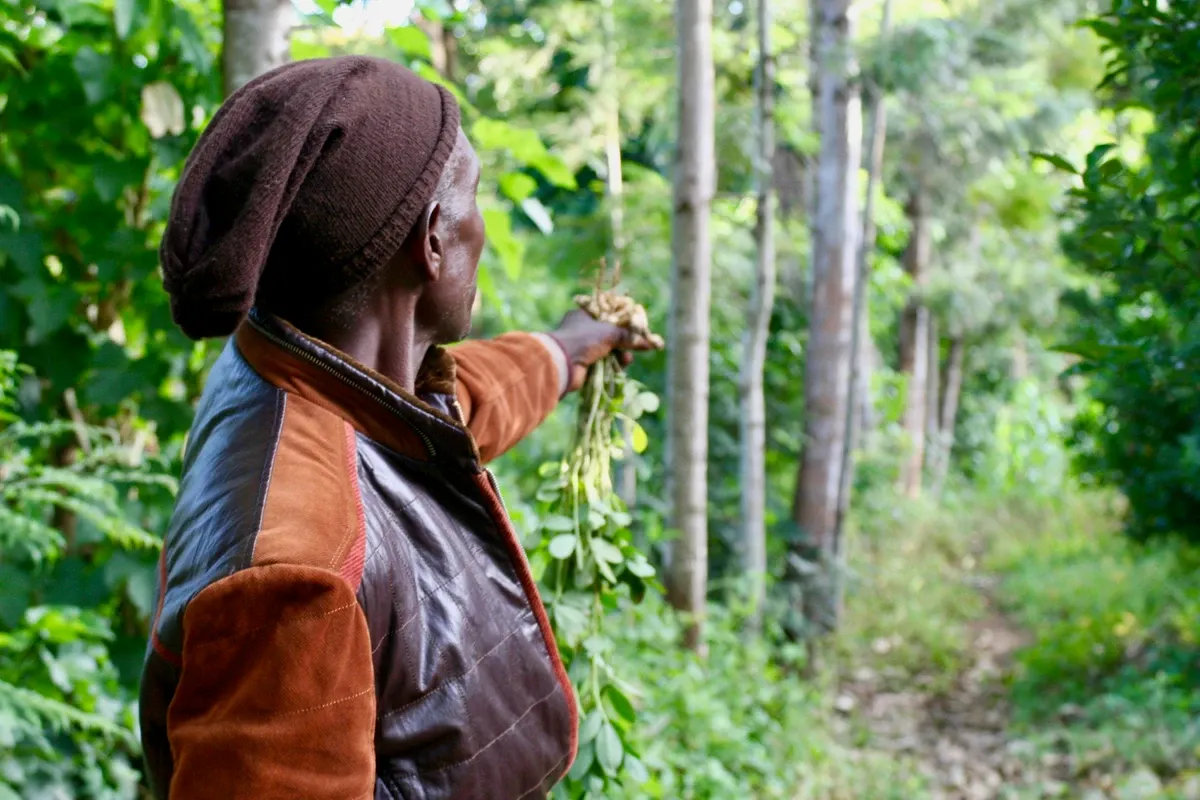How thousands of subsistence farmers planted 20 million trees
We have managed to align 100,000 farmers under a common goal: afforesting East Africa.

Just the gist
If you're in a hurry, here's what you need to know this month:
- Over 100,000 farmers participate in Community Tree planting across Kenya, Uganda, Tanzania, and now India!
- Our project's ability to scale relies on effective information sharing. Regional leads write newsletters, written in multiple languages to share farming best practices with small groups across East Africa.
- Our project partner, TIST, released a video from a satellite, showing the incredible scale of the project over the past decade.
For more updates like this one, follow Wren on Twitter and Instagram.
Simple actions, applied over and over again, can achieve incredible results. In East Africa, the simple act of persistently planting trees has transformed the landscape, sequestering millions of tons of CO2 in the process.
In this update we'll see how our community tree planting project achieved this transformation over time. And we'll also learn a thing or two about how our project manages its thousands of small groups effectively– lessons which might even be useful to Western managers back home.
A reminder of the incredible scale of community tree planting
Community tree planting has had vast impact: The project has planted over 20 million trees.
This impact is matched only by their transparency. They share live data on all their groves, and use hand-made measurements and satellite data to quantify their climate impact. Here's a satellite graphic showing how they transformed the foothills of Mount Kenya:

How to organize 100,000 farmers– without internet access
This project can only achieve such impact by operating at scale– and today they're large scale indeed. They're now paying over 100,ooo farmers in 4 different countries to plant trees.
You could fill up the largest soccer stadium in the world, Barcelona's Camp Nou, with these farmers, and still have thousands left on the streets outside.
It's not easy to reach this kind of scale. It's hard to get 100 people to pursue a common goal, let alone 100,000. Bear in mind that these subsistence farmers have limited internet and telephone access, and it's a miracle there's any organization at all!
Our project achieves the impossible by decentralising leadership, and effectively disseminating information.

Small groups of farmers self-organize into geographic clusters. Groups and clusters both meet regularly to share farming best practices. Regional leads travel between clusters, searching for techniques that all farmers can learn from. They give newsletters, like this one, to farmers at cluster meetings. The newsletters spread information on the overall project's scale, and share the best farming tips with every small group.
These newsletters have information on everything: From how to rotate crops, to how to run your meetings. And on the topic of meetings, Western managers could learn a thing or two.
Here's some advice on how to run a productive Small Group Meeting, from the TIST farmers in Kenya:
- 🤝🏿 Start– Greetings and introductions for any new members (5 – 10 minutes): Make sure everyone feels welcomed. Let each person introduce him or herself.
- 🙏 Opening prayer (2 minutes): A short word of prayer helps the group unite.
- 🎶 Songs (5 minutes): Songs help your group bond. Religious songs, or songs written by your group, work especially well.
- ✔️ Agreement on task and time (5 minutes): The leader explains the meeting plan, then group members agree on what the agenda should be.
- 📋 Group work on tasks (30 minutes): Tasks might include sharing what each person has done to help group activities, sharing sustainable farming best practices, training on special topics, or any other issue that will help your Small Group prosper.
- 🤲 Kujengana (5 minutes): Each group member makes one specific, positive statement to that week’s leader about his or her leadership of the meeting.
- 😇 End– Closing prayer (2 minutes): A final thought before your Small Group breaks up for the week.
A meeting that starts with singing, and ends in giving specific compliments to one another? Sounds like an improvement to combing through spreadsheets in Zoom meetings all day.
In the next update, we'll take a deeper look at our project's practice of Kujengana, and how it raises the aspirations of thousands of farmers in East Africa every month.
Until next time,
– Thomas

